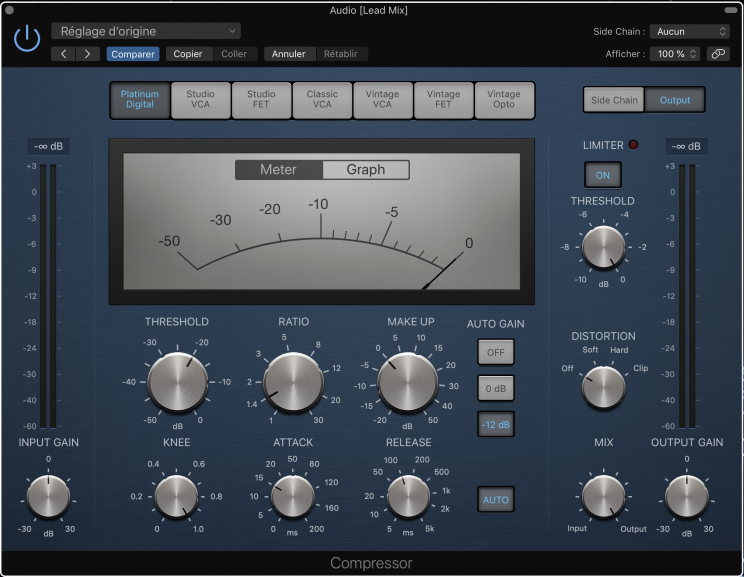I will describe the different ways I used to send my keyboard mixes to the stage mixer.
1 – The Classic Stereo Mix
All your keyboards are mixed through a mixer, a audio interface or a virtual application.
 Pros :
Pros :
- Easy to set up
- Respect of your mix
Cons :
- No possibility to act on your sounds for the sound engineer.
2- The Simple 2 X 2 Keyboards
Pros :
- Easy to set up
- Possibility of acting on each keyboards for the audio engineer.
Cons :
- Double cables and inputs
- Need Mixer or Monitoring system
3 – The Efficient 2 x 2 Mix Bus : Piano vs Synth
Pros :
- Dissociates the piano sound from synth sounds
- Easy to use by the band
Cons :
- Double cables and inputs
- Complex rooting (need audio interface or digital mixer)
4 – The Fine 2 x 2 Mix Bus : Comping vs Lead Sounds


Pros :
- Dissociates the important sound (Lead) from the other (Comping).
- Easy to use for the audio engineer.
Cons :
- Double cables and inputs
- Very Complex rooting.
5 – The Multi-Outputs (8 or More…)
 One Sound = One Track
One Sound = One Track
Each Keyboard Sound is send on individual stereo bus. The best way is to carry signal thru a Multi output format (ADAT, MADI, DANTE, AVB…).
Pros :
- Possibility of acting on each sound for the audio engineer
Cons :
- Very Hard Complex rooting.
- Need Multiple output and multicore audio
- Need Many Inputs on the patch
Equalizer and Compressor on Synth Bus

On Mix Outputs : I always insert Eq with Low Cut Filter to 50hz and a High Cut Filter to 16Khz with gentle slope of 12dB/oct to clean the extreme frequencies of the signal.

You can insert a Compressor to prevent peaks and enhance the low levels. Keyboards levels will be easier to mix. My favorite Preset : The low compression. Low Threshold -20dB or below , Low Ratio 1.4:1 Max, Knee to the Max for a soft & progressive response.


